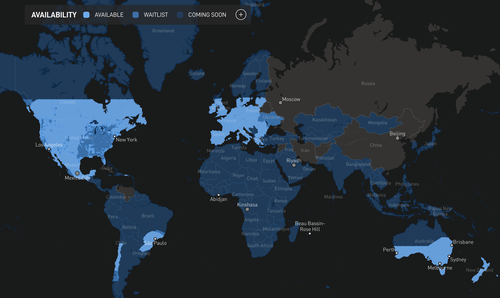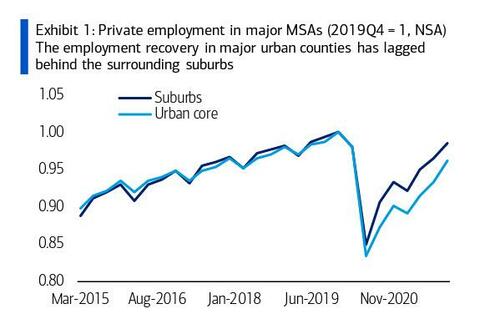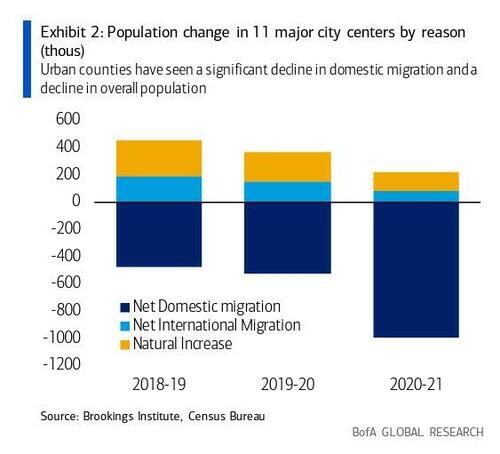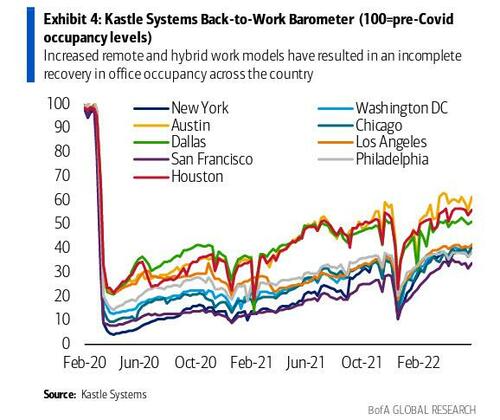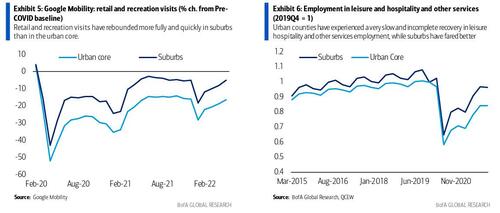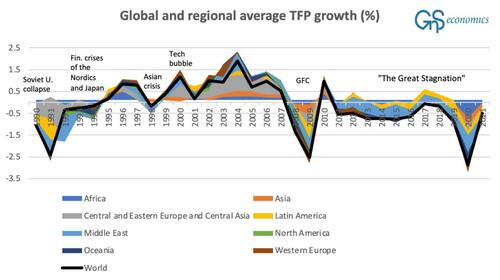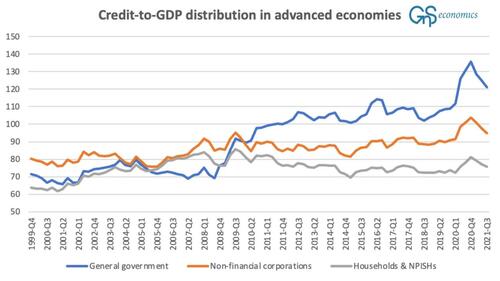Authored by Michael Walsh via AmericanMind.org,
“The following is an excerpt from Michael Walsh’s forthcoming book, Against the Great Reset: Eighteen Theses Contra the New World Order, which will be published by Bombardier Books and be available October 18, 2022. Walsh has gathered a series of essays from among eighteen of the most eminent thinkers, writers, and journalists—including the American Mind’s own James Poulos, as well as Claremont Senior Fellows Michael Anton and the late Angelo Codevilla—to provide the first major salvo in the intellectual resistance to the sweeping restructuring of the western world by globalist elites.”

Part I: The Problem
What is the Great Reset and why should we care? In the midst of a tumultuous medical-societal breakdown, likely engineered by the Chinese Communist Party and abetted by America’s National Institutes of Health “gain of function” financial assistance to the Wuhan Institute of Virology, why is the Swiss-based World Economic Forum (WEF) advocating a complete “re-imagining” of the Western world’s social, economic, and moral structures? And why now? What are its aspirations, prescriptions, and proscriptions, and how will it prospectively affect us? It’s a question that the men and women of the WEF are hoping you won’t ask.
This book seeks to supply the answers. It has ample historical precedents, from Demosthenes’s fulminations against Philip II of Macedon (Alexander’s father), Cicero’s Philippics denouncing Mark Antony, the heretic-hunting Tertullian’s Adversus Marcionem¸ and the philosopher Friedrich Nietzsche’s Nietzsche contra Wagner. Weighty historical issues are often best debated promptly, when something can yet be done about them; in the meantime, historians of the future can at least understand the issues as the participants themselves saw and experienced them. Whether the formerly free world of the Western democracies will succumb to the paternalistic totalitarianism of the oligarchical Resetters remains to be seen. But this is our attempt to stop it.
So great is mankind’s perpetual dissatisfaction with its present circumstances, whatever they may be, that the urge to make the world anew is as old as recorded history. Eve fell under the Serpent’s spell, and with the plucking of an apple, sought to improve her life in the Garden of Eden by becoming, in Milton’s words, “as Gods, Knowing both Good and Evil as they know.” The forbidden fruit was a gift she shared with Adam; how well that turned out has been the history of the human race ever since. High aspirations, disastrous results.
The expulsion from the Garden, however, has not discouraged others from trying. Indeed, the entire chronicle of Western civilization is best regarded as a never-ending and ineluctable struggle for cultural and political superiority, most often expressed militarily (since that is how humans generally decide matters) but extending to all things both spiritual and physical. Dissatisfaction with the status quo may not be universal—timeless and static Asian cultures, such as China’s, have had it imposed upon them by external Western forces, including the British and the Marxist-Leninists—but it has been a hallmark of the occident and its steady civilizational churn that dates back at least to Homer, Plato, Aeschylus, Herodotus, Pericles, and Alexander the Great, with whom Western history properly begins.
The philosopher Friedrich Nietzsche, assaying the inelegant Koine, or demotic, Greek of the New Testament in Beyond Good and Evil, observed: “Es ist eine Feinheit, daß Gott griechisch lernte, als er Schriftsteller werden wollte—und daß er es nicht besser lernte”: “It’s a particular refinement that God learned Greek when he wanted to become a writer—and that he didn’t learn it better.” Nietzsche, the preacher’s son who became through sheer willpower a dedicated atheist, was poking fun at the fundamentalist belief that the Christian scriptures were the literal words of God himself (Muslims, of course, believe the same thing about the Koran, except more so). If something as elemental, as essential to Western thought as the authenticity of the Bible, not to mention God’s linguistic ability, could be questioned and even mocked, then everything was on the table—including, in Nietzsche’s case, God Himself.
With the death of God—or of a god—Nietzsche sought liberation from the moral jiu-jitsu of Jesus: that weakness was strength; that victimhood was noble; that renunciation—of love, sex, power, ambition—was the highest form of attainment. That Nietzsche’s rejection of God was accompanied by his rejection of Richard Wagner, whose music dramas are based on the moral elevation of rejection, is not coincidental; the great figures of the nineteenth century, including Darwin and Marx, all born within a few years of each other, were not only revolutionaries, but embodied within themselves antithetical forces that somehow evolved into great Hegelian syntheses of human striving with which we still grapple today.
Wagner, the Schopenhauerian atheist who staggered back to Christianity and the anti-Semite who engaged the Jew Hermann Levi as the only man who could conduct his final ode to Christian transfiguration, Parsifal. Charles Darwin, ticketed for an Anglican parsonage but mutating into the author of On the Origin of Species, The Descent of Man, and all the way to The Formation of Vegetable Mould through the Action of Worms. Karl Marx, the scion of rabbis whose father converted to Lutheranism and, like Wagner for a time, a stateless rebel who preached that the withering away of the state itself was “inevitable”—and yet the state endures, however battered it may be at the moment.
It’s fitting that the “Great Reset of capitalism” is the brainchild of the WEF, which hosts an annual conference in the Alpine village of Davos—the site of the tuberculosis sanatorium to which the naïf Hans Castorp reports at the beginning of Thomas Mann’s masterpiece, The Magic Mountain. Planning to visit a sick cousin for three weeks, he ends up staying for seven years, “progressing” from healthy individual to patient himself as his perception of time slows and nearly stops. Castorp’s personal purgatory ends only when he rouses himself to leave—his Bildungsreise complete—upon the outbreak of World War I, in which we assume he will meet the death, random and senseless, that he has been so studiously avoiding yet simultaneously courting at the Berghof.
Central Europe, it seems, is where the internal contradictions of Western civilization are both born and, like Martin Luther at Eisleben, go home to die. And this is where the latest synthetic attempt to replace God with his conqueror, Man, has emerged: in the village of Davos, in the canton of Graubünden, Switzerland: the site of the annual meeting of the WEF led by the German-born engineer and economist Klaus Schwab, born in Ravensburg in 1938, the year before Hitler and Stalin began carving up Poland and the Baltics.
Once more into the breach, then: behold the present volume. In commissioning sixteen of the best, most persuasive, and most potent thinkers and writers from around the world to contribute to our joint venture, my principal concern has been to offer multiple analyses of the WEF’s nostrums and in so doing to go poet Wallace Stevens’s “Thirteen Ways of Looking at a Blackbird” a few better. Then again, given the surname of the WEF’s chief, perhaps a better, more potent literary citation might be Margret’s little ditty from the Büchner/Alban Berg expressionist opera, Wozzeck (1925): In’s Schwabenland, da mag ich nit—”I don’t want to go to Schwab-land.” Nor, as Hans Castorp’s journey illustrates, should anyone wish to visit Davos-land if he prizes his freedom, his possessions, and his sanity. To the Great Resetters, we are all ill, all future patients-in-waiting, all in dire need of a drastic corrective regimen to cure what ails us.
In these pages, we shall examine the Great Reset from the top down. The eminent American historian Victor Davis Hanson begins our survey with “The Great Regression,” locating Schwab’s vision within its proper historical context. He is followed by Canada’s Conrad Black and America’s Michael Anton and their views of capitalism and socialism, with not a few attacks on conventional, osmotic wisdom that will both surprise and enthrall. Britain’s Martin Hutchinson outlines the contours of the Reset’s “Anti-Industrial Revolution,” even as the American economist David Goldman confronts both Schwab’s notion of the “Fourth Industrial Revolution” and China’s immanentizing its eschaton in real time, along with the Red Dragon’s commitment to the upending of Western civilization and its own Sino-forming of a post-Western world.
American writer, editor, and publisher Roger Kimball tackles the implications of a neofascist Reset in his essay, “Sovereignty and the Nation-State,” both of which concepts are under attack in the name of “equality,” its totalitarian successor “equity,” and the political consequences of our re-embrace of Rousseauvian concepts as applied to governments. British historian Jeremy Black discusses the misuses toward which the study of history has been and will be put to by the Resetters. The late Angelo Codevilla contributes what alas became his final essay, “Resetting the Educational Reset,” to sound the tocsin about the dangerous left turn of the once-vaunted American educational system, now reduced to a shrill, sinistral shell of its former dispassionate glory.
From Down Under, the Philippines-born Richard Fernandez twins two eternally competing faiths, religion and science; the American-born, Australian-based political sociologist Salvatore Babones contributes a remarkably clear explication of the kinds of transportation feasible under the “green energy” regimen the Reset seeks to impose upon us, and its practical and social implications. Writing from Milan, Alberto Mingardi, the director-general of the Istituto Bruno Leoni, gets to the heart of the Great Reset’s deceptive economic program with an essay concerning faux-capitalist “stakeholder capitalism” and its surreptitious replacement of shareholder capitalism in the name of “social justice.”
The Great Reset, however, is not strictly limited to matters financial, pecuniary, or macroeconomic. Social and cultural spheres are of equal importance. James Poulos looks at the Reset’s unholy relationship with the predatory Big Tech companies that currently abrogate the First Amendment by acting as governmental censors without actually being commanded by an act of Congress or, increasingly, an arbitrary presidential mandate. From British Columbia, noted Canadian author and academic Janice Fiamengo weighs in on the destructive effects of feminism upon our shared Western culture while, on the lighter side, Harry Stein examines the history of American humor—which in effect means worldwide humor—and how the leftist takeover of our shared laugh tracks has resulted in a stern, Stalinist view of what is and what is not allowed to be funny.
The British writer Douglas Murray has a go at the permissible future of Realpolitik under the panopticonic supervision of the Reset, the Chinese Communist Party, and the Covid hysterics, while the American journalist John Tierney lays out the road to civilizational serfdom that the unwarranted panic over the Covid-19 “pandemic” has triggered during its media-fueled run between 2019 and 2022. My contribution, in addition to this Introduction, is an examination of the Reset’s—and, historically, elitist tyranny’s—deleterious effects on Western culture: the very thing that gave birth to our notions of morality and freedom.
At its heart, the Great Reset is a conceited and self-loathing central-European blitzkrieg against the cultural, intellectual, religious, artistic, physical, and, most of all, moral inheritance we have received from our Greco-Roman forebears. This has been latterly shorthanded, with the rise of “wokeness,” to “white” culture. Typically racialist, if not outright racist, the cultural Marxists behind wokeness insist on reducing humanity to its shades of skin color and then claiming that although all skin colors should achieve in exact same proportions to their share in a given population, some skin colors are better than others and any skin color is preferable to white. It’s a deeply repellent principle that masquerades as a perversion of Judeo-Christianity but is in fact a simultaneous attack on individuality and merit that seeks to roll back the scientific and cultural advances of the past two millennia, wielding both science and culture as weapons against our shared technological and moral heritage.
The goal, as always, is power—the eternal fixation of the socialist Left…



